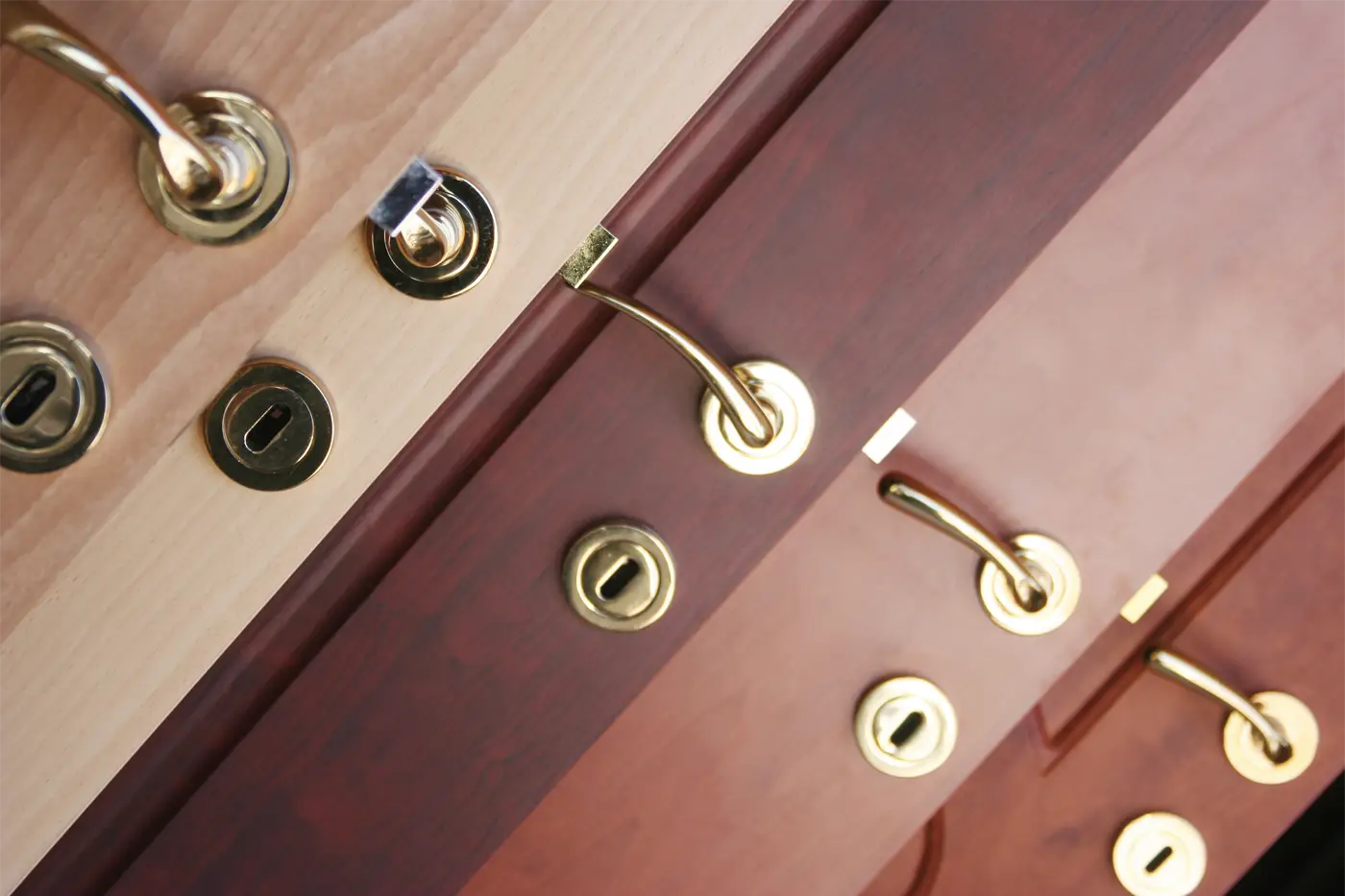
Open The Door To Sustainable Style By Upcycling Your Wooden Interior Doors
Interior doors have always been more important than most realise, especially with regard to visual aesthetics. They definitely play a huge role in the functionality that your home’s rooms have, but they also offer the opportunity to inject personality, style and your own vision into your home’s interior. With the increased interest in sustainability and DIY projects, there has been a growing trend of homeowners restoring and repurposing their old interior doors. This offers not only a creative outlet, but also gives people the opportunity to be a part of the sustainability movement while giving their home’s interior a fun, personal touch. This blog will ultimately talk about different tips and ideas for reviving old interior doors, providing you actionable inspiration and advice. From door restoration to creative ways to repurpose old doors. Whether you’re a home improvement pro or brand new to the world of DIY, the possibilities are endless.
The Beauty of Restoration
Understanding the Value of Old Interior Doors
The beauty of restoration when it comes to old interior doors lies in their craftsmanship as well as the materials used in their construction, as both of these aspects often surpass what is available today. Historically, these doors were made using solid wood and traditional joinery techniques, which naturally resulted in doors with greater durability and strength compared to the more mass-produced modern doors that are commonplace today and often rely on composite materials and other cost-saving manufacturing strategies. Restoring old interior doors rather than replacing them is much better for the environment. These restorations reduce the demand for new materials, thus reducing the environmental impact that is associated with the production, installation and ultimate replacement of most modern interior doors. Needless to say, restoring doors preserves a piece of history. Deciding on restoration over replacement, especially in historic, traditionally built homes, can preserve the home's architectural integrity and the home's character for future generations. Ultimately, the restoration of old interior doors not only honours the craftsmanship or the artistry of the past, but it also allows one to actively participate in today’s eco-friendly movement. Restoration rather than reconstruction also allows homeowners to preserve the unique features of their homes, while reducing the carbon payback period of said homes.
Assessing Your Door's Potential for Restoration
Assessing whether your old interior door offers any potential for restoration includes a few checks. You will have to assess the door’s material (is it solid wood etc?) and its structure. Check for clear indicators of damage like large cracks, rot or any other signs of damage that might have compromised the integrity of your door. If your door has some light surface damage or imperfections, then restoring it while preserving the door’s original character should not be too difficult. If, however, you discover heavy damage or significant rot that may have compromised the overall structure of your door, then restoration may not be the way to go. If you're new to the world of DIY or wood in general, we highly suggest speaking with a professional so that they can help you figure out how much damage is too much.
Restoration Basics
You will need sandpaper, scrapers, a vacuum, paint brushes and the finish you would like to use. The basics of door restoration involve removing the door hardware, sanding it to remove the old finish, scraping the mouldings and in corners where your sander can’t go (be careful and patient so that you don’t accidentally gouge or chip the wood), hand sand the door’s profiles and then remove the dust before applying multiple coats of new finish and letting the door dry. Please consult a professional before undergoing this task if you are unfamiliar with it. Have a look at our blogs for more comprehensive guides on removing paint from doors, and other maintenance tips and tricks.
Creative Repurposing Ideas
Transforming Doors into Decor
Don’t throw out your old doors if the restoration route doesn’t work out. Creating decor out of old interior doors is a great way of repurposing them and adding a unique, personal touch to our home’s interior aesthetic. You can take old bi-fold doors and use them to create a corner shelving unit. If you have a bigger interior door to work with, you can turn it into a rustic bench seat. Doors with arches make great wall decorations and larger doors can even be fashioned into stylish headboards. The possibilities are endless and there is a vast array of inspirations out there. Consulting a door, woodworking or interior design specialist would be recommended for those who are unsure where to start when it comes to a project like this.
Painting and Accessorising Your Repurposed Door
Personalising your repurposed doors is a great way to add creativity and new functionality to the doors, resulting in unique decor pieces that complement or even enhance your home’s aesthetic. Using these old interior doors as canvases allows you to express your individual style and vision in such a way that it matches your home’s existing decor. Incorporating your existing door hardware allows for interesting elements to your new decor piece. Whether you’re going to paint your project for a modern distressed look or use stencils for a patterned style, the possibilities are virtually endless. Selecting the appropriate finish for your new decor is just as important as ensuring it matches the style you’ve envisioned. Whether it's a varnish to protect the wood in outdoor spaces or a special paint that can withstand high humidity in bathrooms, selecting the right finish can help ensure that your repurposed interior door withstands the test of time and regular use. Adding door hardware to your repurposed wooden interior door has mainly aesthetic benefits. It can add a touch of authenticity to the new piece of furniture/decor which can act as a focal point that injects the piece with character and history. In some cases door hardware can be functional as well - wall mounted decor with door knobs can act as coat hangers for example. The only limit for your new decor/furniture piece is your imagination. In sum, giving old interior doors a new lease on life through either restoration or repurposing is a rewarding endeavour that blends history with personal creativity in an eco-friendly sustainable way. This guide has highlighted a few ways you can gauge the restoration potential of old doors, briefly discussed the restoration process on old doors and displayed the endless possibilities for repurposing doors by turning them into unique, stylish decor/furniture pieces for your home. Taking on a project like restoring or repurposing isn’t just about DIY home improvement; it is about sustainability, creativity and self-expression. Feel free to read any of our other blogs for more information, pro tips and guides relating to doors and windows. And for the final time, please consult with a professional before making any decision or taking any action to ensure the best possible outcome.

